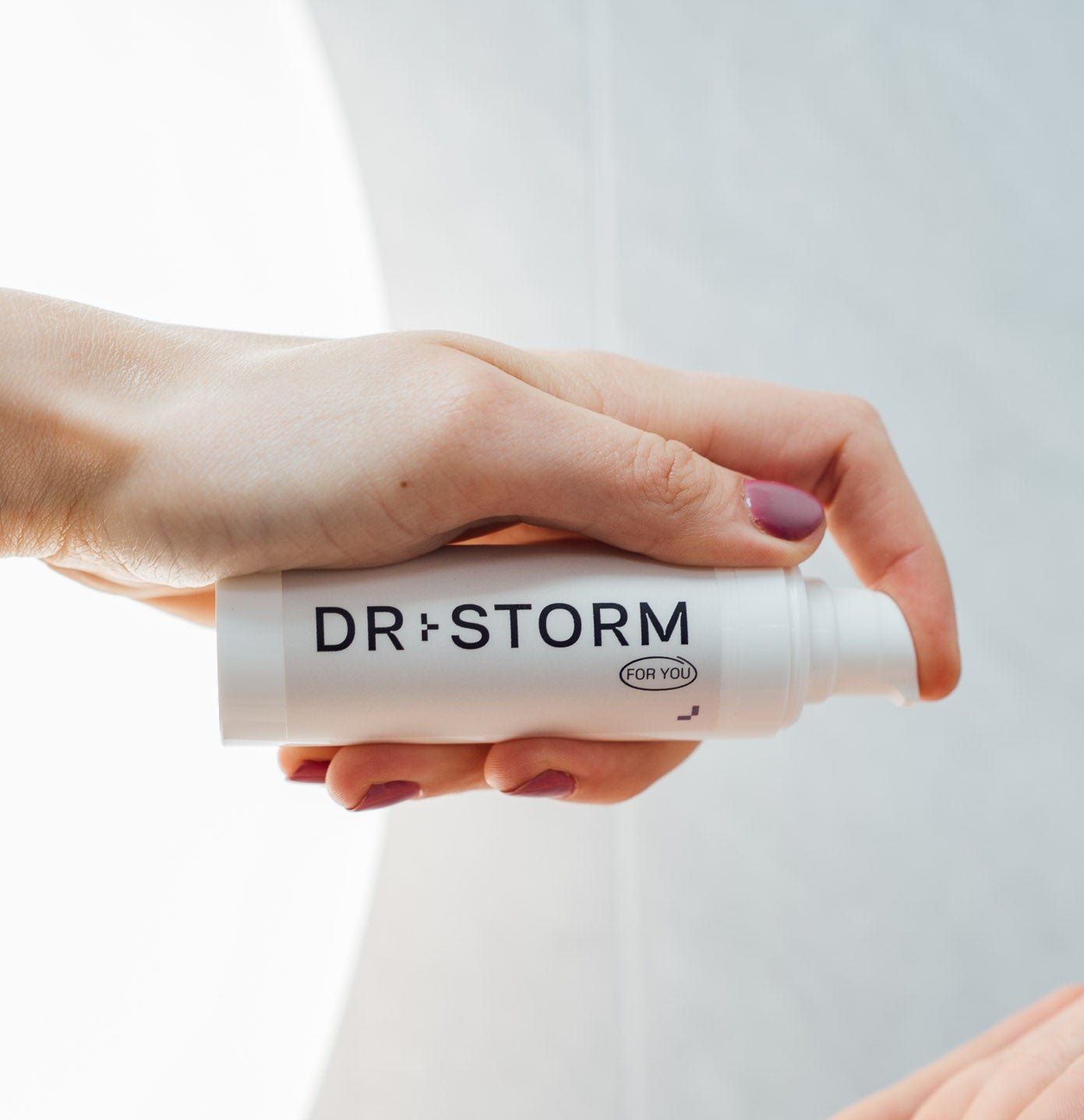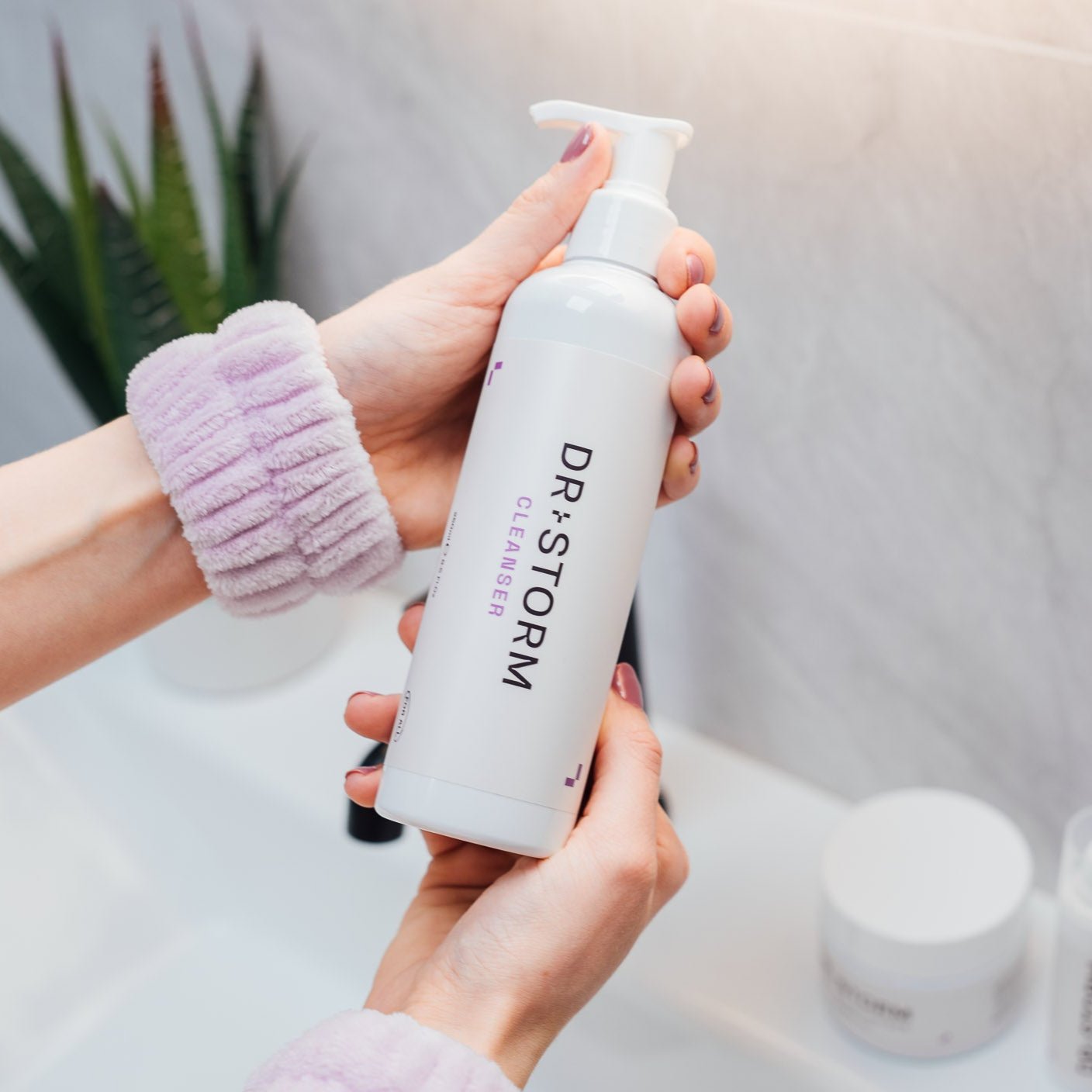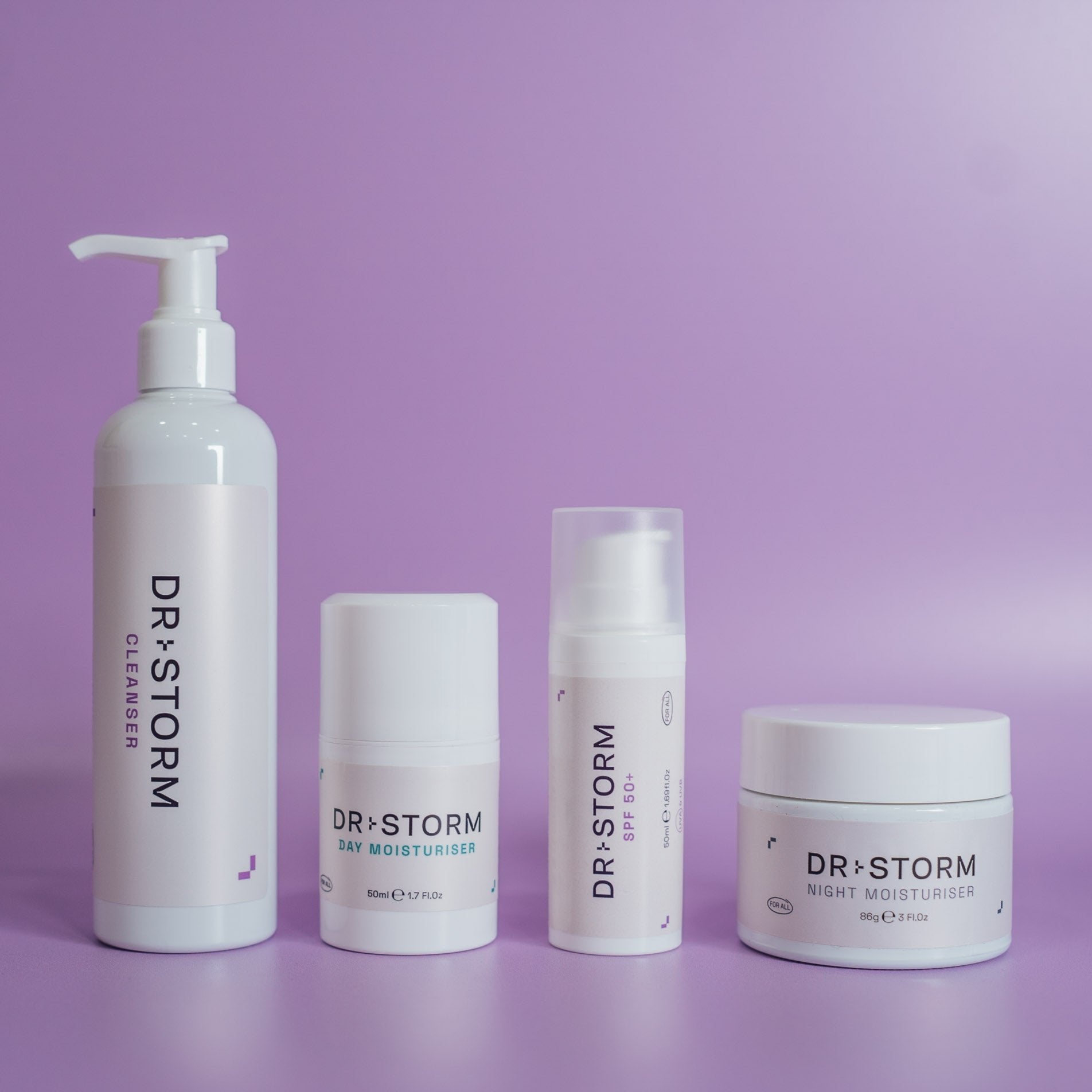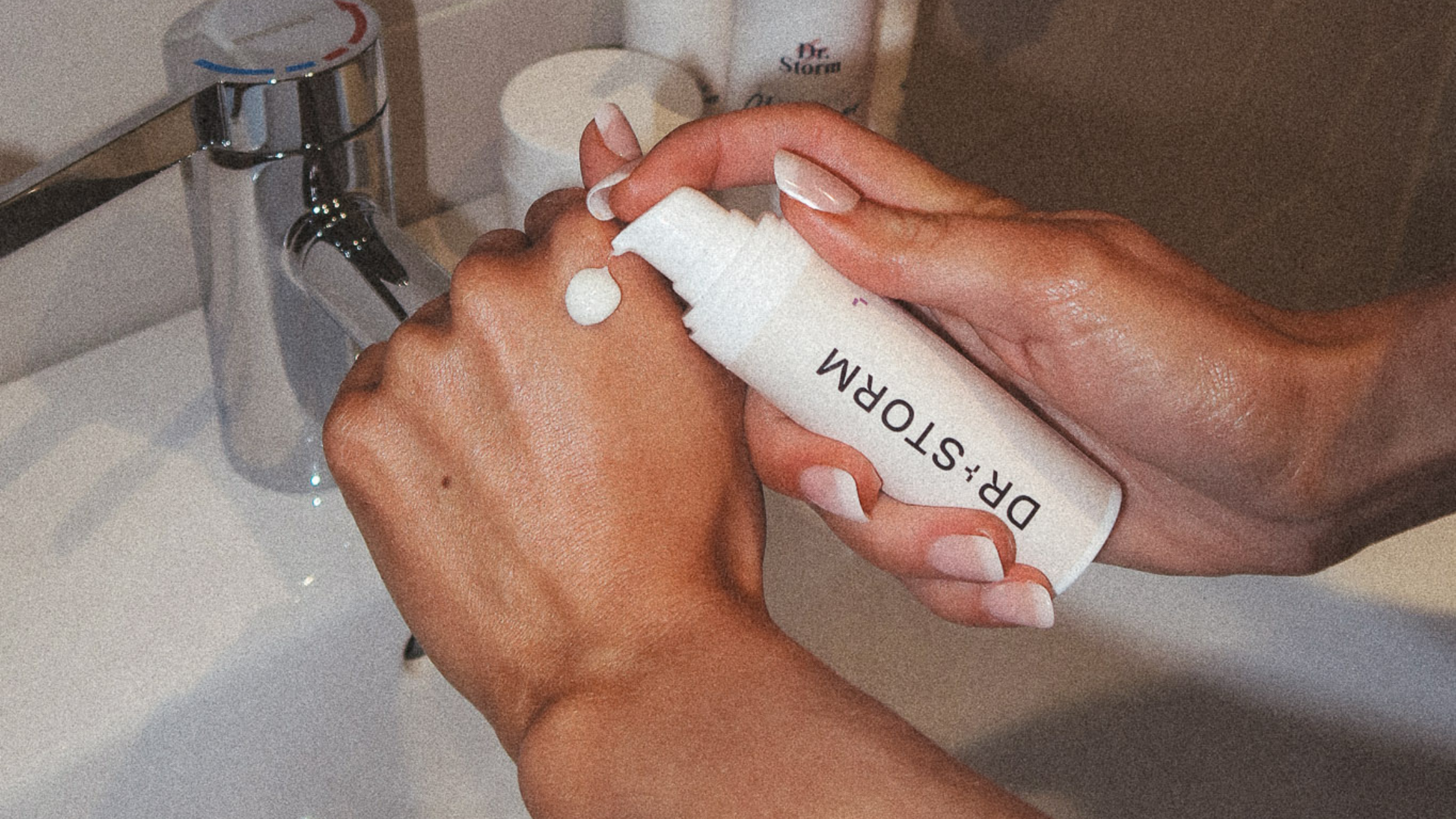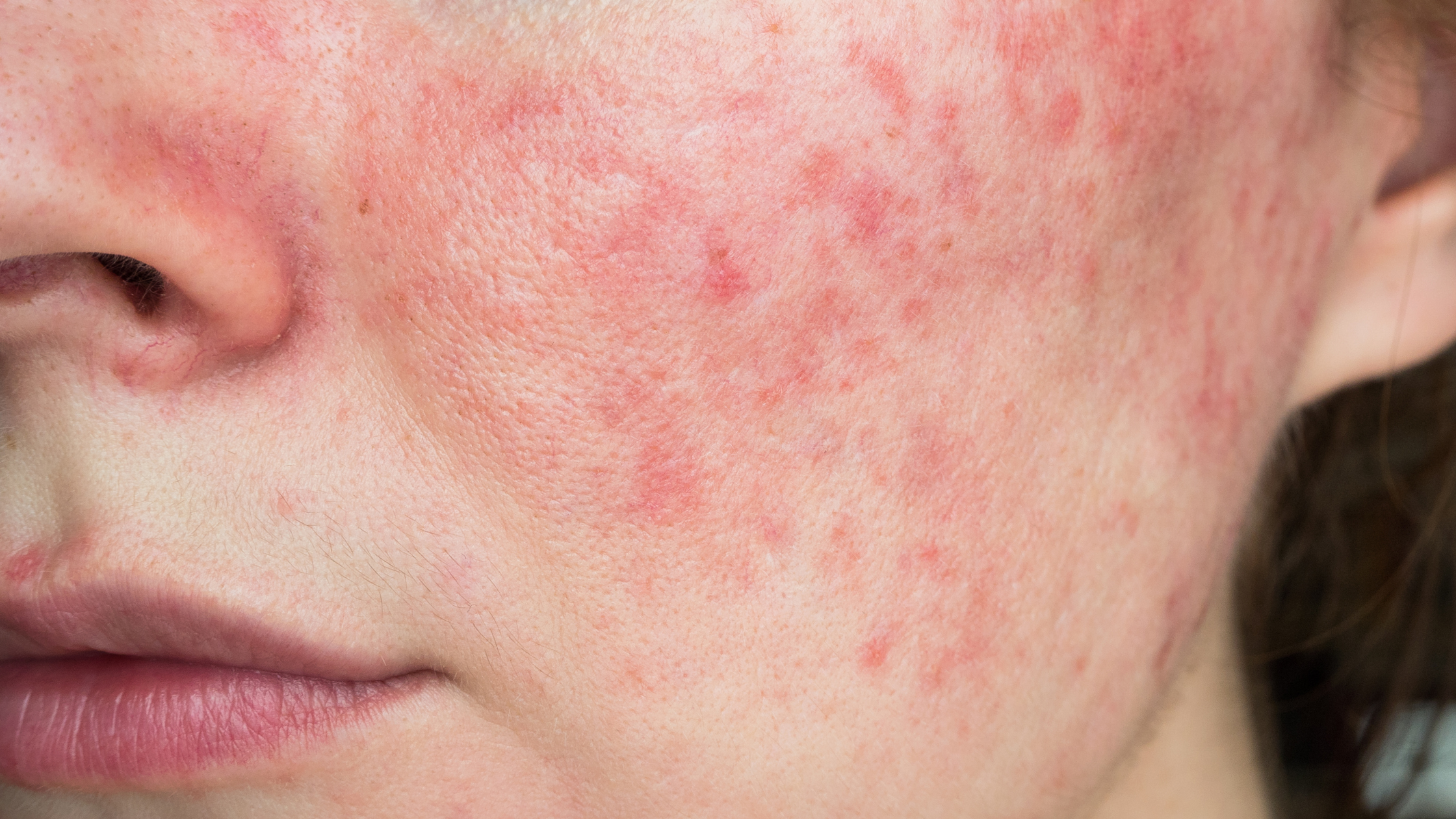Moisturisers are the unsung heroes of skincare routines, working tirelessly to keep our skin hydrated, supple, and radiant. However, with a plethora of options available, ranging from budget-friendly to premium, it's natural to wonder: what sets expensive moisturisers apart from their more affordable counterparts? This article explores the science behind moisturisers, shedding light on whether pricier options warrant their cost based on their ingredients and skin benefits.
Key Ingredients in Moisturisers
To understand the disparity in pricing between moisturisers, it's crucial to examine their ingredients. Both expensive and cheaper moisturisers typically contain key components such as humectants, emollients, occlusives, and various active ingredients tailored to specific skin concerns.
Premium Moisturisers:
Luxury moisturisers often claim to boast high-quality, premium ingredients that claim to deliver superior results. These formulations may feature exotic botanical extracts, advanced peptides, vitamins and acids. For instance, hyaluronic acid, a potent humectant found in many expensive moisturisers, is said to attract moisture to the skin, promoting deep hydration and plumping effects. But is there any real evidence for this? If a moisturiser contains hyaluronic acid this can be added to a label without any evidence of its delivery into the skin. Larger molecules like hyaluronic acid, with a molecular weight greater than 500 kDa, have a difficult time passing through the skin barrier, raising the question: does it actually help to moisturise the skin in any way?
Dr Jude says “ I don’t believe in adding ingredients to moisturisers to make them fashionable or more marketable. There is very little in terms of evidence that one humectant is superior over another. The only point of a moisturiser is to trap water in the skin so pick the one you like the feel of on your skin and can afford!”
Affordable Moisturisers: Budget-Friendly Hydration Solutions
Budget-friendly moisturisers may contain simpler formulations with fewer exotic or proprietary ingredients. However, this doesn't mean they are ineffective. Many affordable moisturisers still incorporate well-researched compounds like glycerin and squalane, which effectively hydrate and strengthen the skin barrier.
A cheap moisturiser can be effective for several reasons, regardless of its lower price point. Here are some key factors explaining why a cheap moisturiser still works:
Simple Formulations:
Cheaper moisturisers often have simpler formulations with fewer unnecessary additives or fragrances. While luxury brands may boast a long list of exotic ingredients, the effectiveness of a moisturiser is not solely determined by the number of ingredients but rather by the presence of key components in adequate concentrations. It may be argued simple formulations reduce the risk of irritation or allergic reactions, making these moisturisers suitable for a wide range of skin types.
Emollients and Occlusives:
Emollients such as petrolatum, mineral oil, and various plant-based oils are frequently found in cheaper moisturisers. These ingredients help soften and smooth the skin's surface by filling in gaps between skin cells, preventing moisture loss, and improving the skin's overall texture. Occlusives, such as dimethicone or beeswax, form a protective barrier on the skin's surface, sealing in moisture and shielding the skin from environmental stressors.
Regulatory Standards:
Regulatory bodies, such as the FDA (U.S. Food and Drug Administration), closely monitor skincare products to ensure safety and efficacy, regardless of their price point. Cheaper moisturisers undergo the same rigorous testing and compliance with regulatory standards as their expensive counterparts, guaranteeing that they meet specific quality criteria and are safe for consumer use.
Economies of Scale:
Cheaper moisturisers may benefit from economies of scale, as they are often produced in larger quantities and distributed more widely. This can lead to lower production costs per unit, allowing manufacturers to offer these products at a more affordable price without compromising on quality. Additionally, simpler packaging and marketing strategies can contribute to cost savings, further reducing the retail price of the product.
The Role of Marketing in Skincare Pricing
Marketing plays a significant role in shaping consumer perception and influencing purchasing decisions, especially in the skincare industry. While the effectiveness of a moisturiser is primarily determined by its ingredients and formulation, marketing strategies can contribute to the perceived value of a product, leading to higher prices. Here's how marketing can drive up the price of a moisturiser without necessarily reflecting its ingredients or efficacy:
Limited Scientific Evidence:
Some trendy ingredients are introduced to skincare products based on anecdotal evidence, traditional remedies, or preliminary studies with limited sample sizes or methodological flaws. While these ingredients may generate buzz and capture consumer interest, their actual effectiveness in skincare remains questionable due to the lack of rigorous scientific research.
Marketing Hype:
Skincare companies frequently capitalise on consumer trends and desires for the latest innovations by incorporating exotic or rare ingredients into their products. These ingredients are often marketed as exclusive or proprietary blends, creating a perception of luxury and efficacy. However, the marketing hype surrounding these ingredients may far outweigh their actual benefits, leading consumers to pay premium prices for products with little scientific basis.
Limited Absorption into the Skin:
Even if a skincare product contains fancy ingredients touted for their skincare benefits, there's no guarantee that these ingredients will effectively penetrate the skin barrier and deliver meaningful results. Many skincare ingredients, particularly those with large molecular structures or poor solubility, struggle to penetrate beyond the skin's surface layers, limiting their efficacy.
Formulation Challenges:
Incorporating certain fancy ingredients into skincare formulations can pose challenges in terms of stability, compatibility with other ingredients, and maintaining efficacy over time. Without proper formulation expertise and scientific research to guide their inclusion, these ingredients may fail to deliver the promised results or even cause adverse reactions in some individuals.
Consumer Perception and Demand:
The skincare industry is highly driven by consumer perception and demand. Fancy ingredients with unusual names or origin stories may capture the imagination of consumers, leading them to believe that these ingredients offer superior skincare benefits. Skincare companies capitalise on this perception by prominently featuring these ingredients in their marketing campaigns, despite the lack of scientific evidence supporting their efficacy.
Packaging and Presentation:
The packaging of a moisturiser can greatly impact its perceived value. Luxury skincare brands often invest in sleek, luxurious packaging materials, intricate designs, and embellishments to create a sense of opulence and sophistication. While elegant packaging can enhance the overall consumer experience, it also adds to the production costs and, consequently, the retail price of the product.
Brand Image and Prestige:
Luxury skincare brands often invest heavily in cultivating an image of exclusivity, prestige, and glamour. Through sophisticated branding, celebrity endorsements, and glamorous packaging, these brands create an aura of sophistication around their products. As a result, consumers may associate higher prices with superior quality, even if the actual ingredients and efficacy of the product are comparable to more affordable options.
While marketing undoubtedly influences consumer behaviour and pricing strategies in the skincare industry, it's essential for consumers to critically evaluate product claims, ingredients, and efficacy before making purchasing decisions.
Cheaper moisturisers may offer comparable results to their expensive counterparts, even if they lack the extravagant branding and marketing campaigns associated with luxury brands. Ultimately, consumers should prioritise products that align with their skincare needs and budget, rather than being swayed solely by marketing tactics.
Conclusion: Making Informed Choices
In summary, while some ingredients may add a touch of glamour to skincare products and enhance their marketability, consumers should approach these products with skepticism and prioritise those backed by scientific research and evidence-based skin care principles. Rather than being swayed by marketing hype, it's essential to focus on ingredients with proven efficacy, proper formulation techniques, and demonstrated benefits for skin health and appearance.
The Dr Storm moisturisers offer an affordable choice and do what a moisturiser is intended to do…moisturise the skin!

